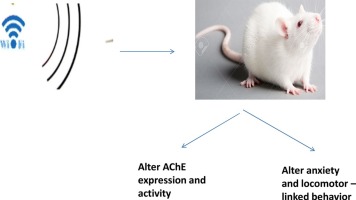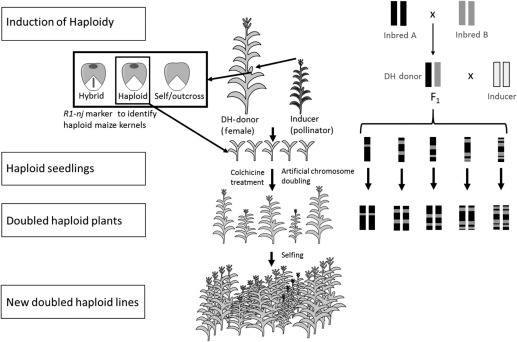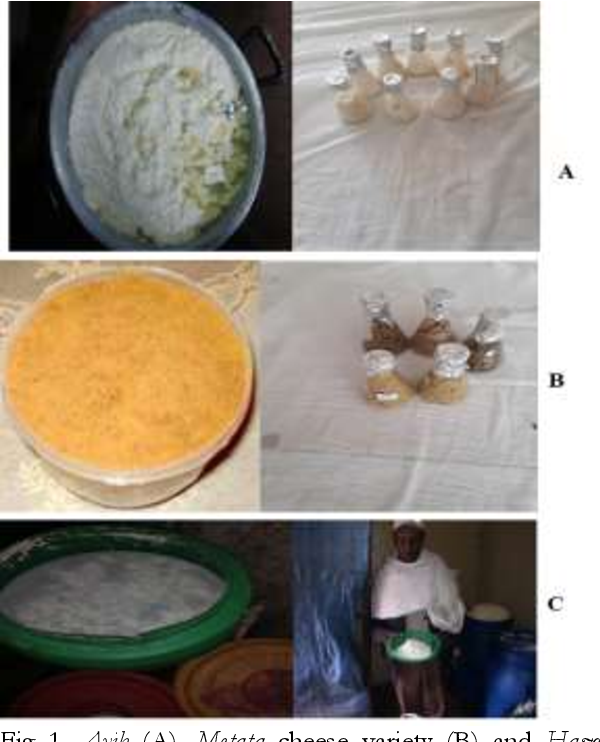Alcohol Content of Hand Sanitizers Marketed in Selected Towns in Eastern Ethiopia
Downloads
Background: Many generic brand hand sanitizers have been flooding the market because of the high surge in the demand for hand sanitizers around the globe due to rising prevalence of the COVID-19 and increase in consumer awareness pertaining to personal hygiene worldwide. However, the quality of most sanitizers available on the market is questionable.
Objective: The purpose of this study was to determine ethanol concentration of commercially available ethanol-based hand sanitizers that are marketed in selected cities in eastern Ethiopia (Haramaya, Dire Dawa, and Harar) and validate whether they meet the standard concentration recommended by World Health Organization (WHO) and recommend Food and Drug Authority of Ethiopia to check the quality of hand sanitizers marketed in all corners of the country very seriously and take necessary measures for the poor quality of marketed hand sanitizers.
Materials and Methods: Attenuated Total Reflectance-Fourier Transform Infrared Spectroscopy (ATR-FTIR) was used to determine the concentration of ethanol in five brand hand sanitizers purchased from Haramaya, Dire Dawa, and Harar.
Results: The results of the study showed that the concentration of ethanol in Brand 1, Brand 2, Brand 3, Brand 4 and Brand 5 was 58.20, 56.51, 55.02, 51.33 and 93.03%, respectively, and was not in good agreement with the label claim marked as ethanol concentration. The hand sanitizer formulated by the Department of Chemistry, Haramaya University was found to contain 77.2% ethanol, which was in acceptable concentration range recommended by the World Health Organization (WHO).
Conclusion: Of the six samples of hand sanitizer tested, four of them fail below the WHO recommended concentration (80%), while one brand had ethanol concentration exceeding the WHO standard. The determined ethanol concentration of the analyzed hand sanitizers showed a poor correlation with the claimed label except that of hand sanitizer formulated in the Haramaya Chemistry Department Laboratory with a significant deviation from the expected values ranging from 16.25% to 35.87%. The poor quality of these hand sanitizers can contribute to the spread of the virus rather than preventing it. Therefore, the continued vigilance is required from all stakeholders and authorities to ensure that the product is formulated in accordance with the guidelines recommended by WHO.
Copyright (c) 2022 Yiheyis Bogale, Deribachew Bekana, Ayalew Temesgen

This work is licensed under a Creative Commons Attribution-NonCommercial-NoDerivatives 4.0 International License.
- I am authorized by my co-authors to enter into these arrangements.
- I warrant, on behalf of myself and my co-authors, that:
- the article is original, has not been formally published in any other peer-reviewed journal, is not under consideration by any other journal and does not infringe any existing copyright or any other third party rights;
- I am/we are the sole author(s) of the article and have full authority to enter into this agreement and in granting rights to Springer are not in breach of any other obligation;
- the article contains nothing that is unlawful, libellous, or which would, if published, constitute a breach of contract or of confidence or of commitment given to secrecy;
- I/we have taken due care to ensure the integrity of the article. To my/our - and currently accepted scientific - knowledge all statements contained in it purporting to be facts are true and any formula or instruction contained in the article will not, if followed accurately, cause any injury, illness or damage to the user.
- I, and all co-authors, agree that the article, if editorially accepted for publication, shall be licensed under the Creative Commons Attribution License 4.0. If the law requires that the article be published in the public domain, I/we will notify Springer at the time of submission, and in such cases the article shall be released under the Creative Commons 1.0 Public Domain Dedication waiver. For the avoidance of doubt it is stated that sections 1 and 2 of this license agreement shall apply and prevail regardless of whether the article is published under Creative Commons Attribution License 4.0 or the Creative Commons 1.0 Public Domain Dedication waiver.
- I, and all co-authors, agree that, if the article is editorially accepted for publication in Haramaya Journals, data included in the article shall be made available under the Creative Commons 1.0 Public Domain Dedication waiver, unless otherwise stated. For the avoidance of doubt it is stated that sections 1, 2, and 3 of this license agreement shall apply and prevail.












